Home>Furniture & Design>Outdoor Furniture>How To Preserve Wicker Furniture For Outdoor Use


Outdoor Furniture
How To Preserve Wicker Furniture For Outdoor Use
Published: February 12, 2024
Learn how to properly preserve wicker furniture for outdoor use with our expert tips and techniques. Keep your outdoor furniture looking great for years to come!
(Many of the links in this article redirect to a specific reviewed product. Your purchase of these products through affiliate links helps to generate commission for Storables.com, at no extra cost. Learn more)
Introduction
Welcome to the world of outdoor furniture design and preservation! Wicker furniture is a timeless and elegant choice for outdoor spaces, exuding a charming and inviting appeal. Whether you have a cozy balcony, a spacious patio, or a sprawling garden, wicker furniture can elevate the ambiance and provide a comfortable spot for relaxation and entertainment. However, to maintain its beauty and functionality, proper care and preservation are essential.
In this comprehensive guide, we will delve into the art of preserving wicker furniture for outdoor use. From understanding the intricacies of wicker furniture to mastering cleaning and maintenance techniques, weatherproofing methods, and proper storage, we will equip you with the knowledge and skills to ensure that your wicker furniture remains in pristine condition for years to come.
So, grab a refreshing beverage, find a comfortable seat on your wicker furniture, and let's embark on a journey to discover the secrets of preserving and enhancing the longevity of these timeless outdoor treasures.
Key Takeaways:
- Preserve wicker furniture by gentle dusting, using mild cleansing solutions, and preventing mold. Weatherproof with sealants, covers, and protective pads to prolong its lifespan.
- Store wicker furniture in a clean, dry area, disassemble if possible, and use climate-controlled storage. Regularly inspect for pests, mold, and damage to ensure optimal condition.
Read more: How To Build Outdoor Wicker Furniture
Understanding Wicker Furniture
Before delving into the preservation techniques, it’s essential to grasp the nature of wicker furniture. Wicker furniture is crafted from a variety of natural and synthetic materials, including rattan, bamboo, reed, and synthetic wicker. The weaving technique imparts a distinctive charm and texture to the furniture, making it a popular choice for outdoor settings.
One of the key attributes of wicker furniture is its lightweight yet durable nature. This characteristic makes it easy to move around while withstanding the rigors of outdoor use. Additionally, wicker furniture is known for its breathability, allowing air to circulate through the weave, which is particularly beneficial in warm and humid climates.
However, despite its durability, wicker furniture is susceptible to damage from prolonged exposure to the elements. Sunlight, moisture, and fluctuating temperatures can cause the natural fibers to weaken and deteriorate over time. Understanding these vulnerabilities is crucial in implementing effective preservation strategies.
Furthermore, wicker furniture comes in various designs and styles, ranging from classic to contemporary, and can be adorned with cushions and upholstery to enhance comfort and aesthetic appeal. This versatility allows for a wide array of creative expressions in outdoor decor, making wicker furniture a beloved choice for many homeowners and designers.
By comprehending the intricacies of wicker furniture, including its materials, weaving techniques, and susceptibility to environmental factors, you can lay the foundation for preserving its beauty and functionality in the outdoor setting.
Cleaning and Maintenance
Regular cleaning and maintenance are pivotal in preserving the allure and structural integrity of wicker furniture. Dust, pollen, and other debris can accumulate within the weave, potentially leading to discoloration and deterioration. Here are some essential tips for cleaning and maintaining your wicker furniture:
- Gentle Dusting: Use a soft-bristled brush or a vacuum cleaner with a brush attachment to gently remove surface dust and debris from the wicker weave. This should be done regularly to prevent the buildup of dirt and grime.
- Mild Cleansing Solution: Prepare a solution of mild detergent or dish soap and warm water. Dip a soft cloth or sponge into the solution, wring out excess moisture, and gently wipe the wicker surfaces. Avoid oversaturating the wicker to prevent water damage.
- Rinsing and Drying: After cleaning, use a damp cloth to remove any soapy residue, then allow the wicker furniture to air dry completely in a well-ventilated area. Direct sunlight can aid in the drying process, but prolonged exposure should be avoided to prevent UV damage.
- Preventing Mold and Mildew: In humid environments, mold and mildew can pose a threat to wicker furniture. To prevent their growth, consider using a solution of equal parts water and white vinegar to wipe down the furniture periodically.
Additionally, routine inspection for loose or unraveling weave strands is essential. Any such issues should be promptly addressed to prevent further damage. For synthetic wicker furniture, a silicone spray can be applied to the weave to maintain its flexibility and resilience.
By incorporating these cleaning and maintenance practices into your routine, you can uphold the charm and longevity of your wicker furniture, ensuring that it remains a captivating centerpiece of your outdoor sanctuary.
To preserve wicker furniture for outdoor use, regularly clean it with a mild soap and water solution, and apply a coat of clear outdoor furniture wax to protect it from the elements.
Weatherproofing Techniques
Shielding your wicker furniture from the elements is paramount in prolonging its lifespan and preserving its visual appeal. Weatherproofing techniques not only safeguard the furniture from moisture and sunlight but also contribute to its overall resilience. Here are some effective weatherproofing methods to consider:
- Protective Sealants: Applying a high-quality sealant or protective finish designed for wicker furniture can provide a barrier against moisture and UV rays. Prior to application, ensure that the furniture is clean and completely dry to facilitate optimal adhesion of the sealant.
- Covering and Storage: During inclement weather or extended periods of non-use, consider utilizing weather-resistant covers to shield the wicker furniture from rain, snow, and excessive sunlight. Alternatively, storing the furniture in a dry, sheltered area can offer comprehensive protection.
- Recoating and Refinishing: Periodically inspect the condition of the protective finish on your wicker furniture. If signs of wear or deterioration are evident, recoating or refinishing the surfaces can bolster their resistance to environmental stressors.
- Utilizing Protective Pads: When placing wicker furniture on hard surfaces such as concrete or stone, employing protective pads or feet can mitigate the risk of moisture seepage and abrasion, thereby enhancing the furniture’s longevity.
It’s important to note that while weatherproofing measures can fortify wicker furniture, they are not impervious to the effects of prolonged exposure to harsh conditions. Therefore, a proactive approach, including regular inspections and maintenance, is crucial in ensuring the efficacy of these protective measures.
By integrating these weatherproofing techniques into your wicker furniture care regimen, you can bolster its resistance to environmental elements and enjoy its enduring beauty for years to come.
Storing Wicker Furniture
Proper storage is essential for preserving wicker furniture during periods of non-use, especially in harsh weather conditions or during the winter months. By taking proactive measures to store your wicker furniture appropriately, you can safeguard it from potential damage and prolong its lifespan. Here are some valuable tips for storing wicker furniture:
- Thorough Cleaning: Before storing the furniture, ensure that it is thoroughly cleaned and completely dry. Any residual dirt, moisture, or debris can contribute to mold growth and deterioration during storage.
- Disassembly (if applicable): If your wicker furniture is designed for easy disassembly, consider disassembling larger pieces to facilitate more efficient storage and minimize the risk of damage during transportation and handling.
- Utilize Climate-Controlled Storage: If feasible, opt for climate-controlled storage facilities to protect wicker furniture from extreme temperature fluctuations, excessive humidity, and other environmental factors that can compromise its integrity.
- Protective Coverings: Prior to storage, consider using breathable, weather-resistant covers to shield the furniture from dust, moisture, and potential impact. Ensure that the covers allow for adequate air circulation to prevent condensation and mold formation.
- Elevate from the Floor: When storing wicker furniture in a garage, shed, or storage unit, elevate the pieces from the floor using pallets or blocks to prevent direct contact with potentially damp or cold surfaces.
- Regular Inspection: Periodically inspect the stored furniture for any signs of pest infestation, mold, or damage. Addressing issues promptly can prevent minor concerns from escalating into significant problems.
By adhering to these storage practices, you can safeguard your wicker furniture from the adverse effects of prolonged storage and ensure that it emerges from its hiatus in optimal condition, ready to adorn your outdoor space once again.
Read more: How To Paint Wicker Outdoor Furniture
Conclusion
Congratulations on embarking on a journey to master the art of preserving wicker furniture for outdoor use! By understanding the intricacies of wicker furniture, implementing effective cleaning and maintenance routines, employing weatherproofing techniques, and embracing proper storage practices, you have equipped yourself with the knowledge and skills to ensure that your wicker furniture remains a captivating and enduring feature of your outdoor sanctuary.
As you continue to enjoy the comfort and beauty that wicker furniture brings to your outdoor space, remember that regular care and attention are the cornerstones of its longevity. Embrace the ritual of gentle cleaning, periodic inspections, and proactive weatherproofing to fortify your wicker furniture against the elements and the passage of time.
Furthermore, the versatility and timeless appeal of wicker furniture provide ample opportunities for creative expression in outdoor decor. Whether you prefer a classic, rustic aesthetic or a modern, eclectic vibe, wicker furniture can be adorned and complemented to reflect your unique style and preferences.
As you savor moments of relaxation and conviviality in the embrace of your wicker furniture, take pride in the commitment you’ve made to its preservation. Your dedication will be reflected in the enduring charm and functionality of these outdoor treasures, enriching your outdoor living experience for years to come.
So, as the sun sets on this comprehensive guide, let the wisdom you’ve gained illuminate your path to wicker furniture preservation, ensuring that your outdoor oasis remains a haven of comfort, beauty, and timeless elegance.
Frequently Asked Questions about How To Preserve Wicker Furniture For Outdoor Use
Was this page helpful?
At Storables.com, we guarantee accurate and reliable information. Our content, validated by Expert Board Contributors, is crafted following stringent Editorial Policies. We're committed to providing you with well-researched, expert-backed insights for all your informational needs.
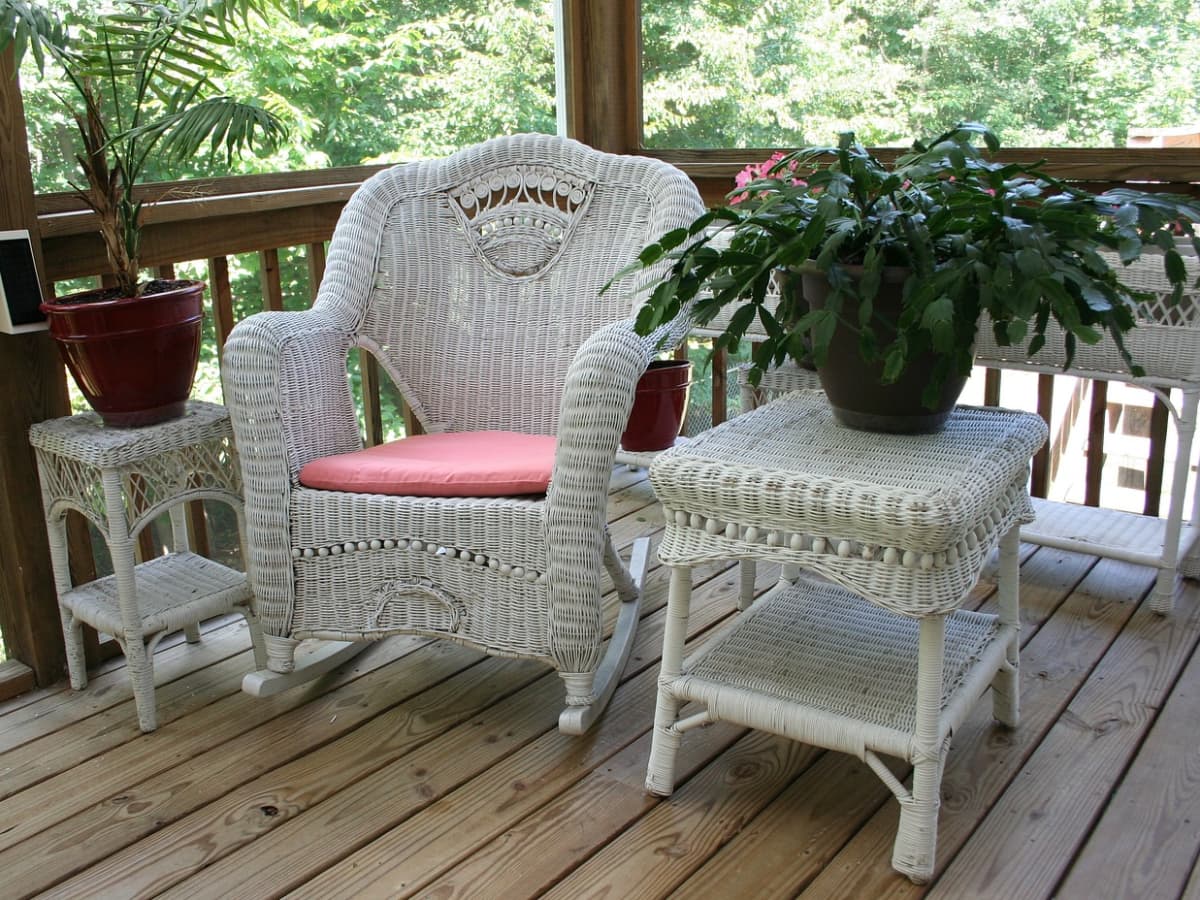
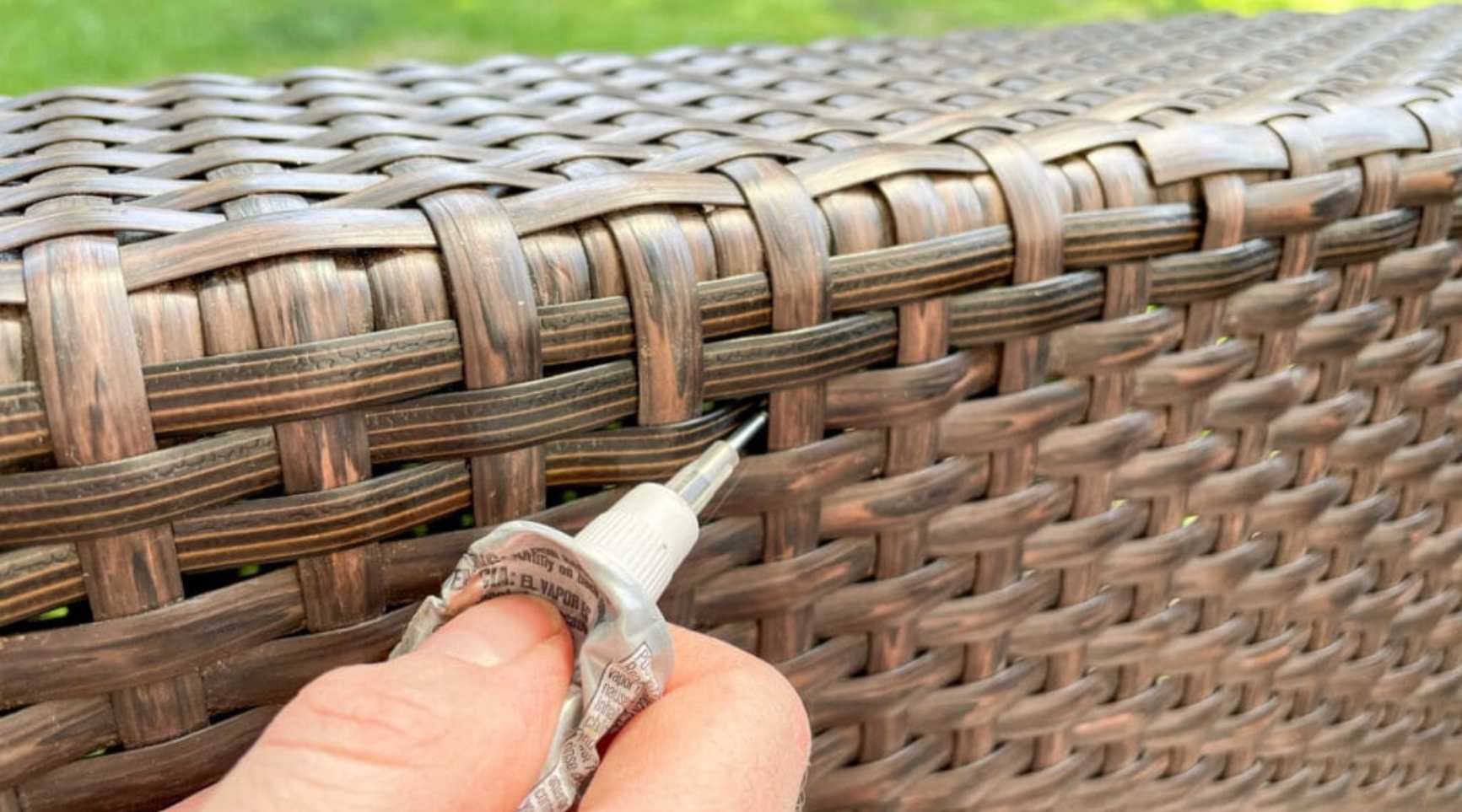
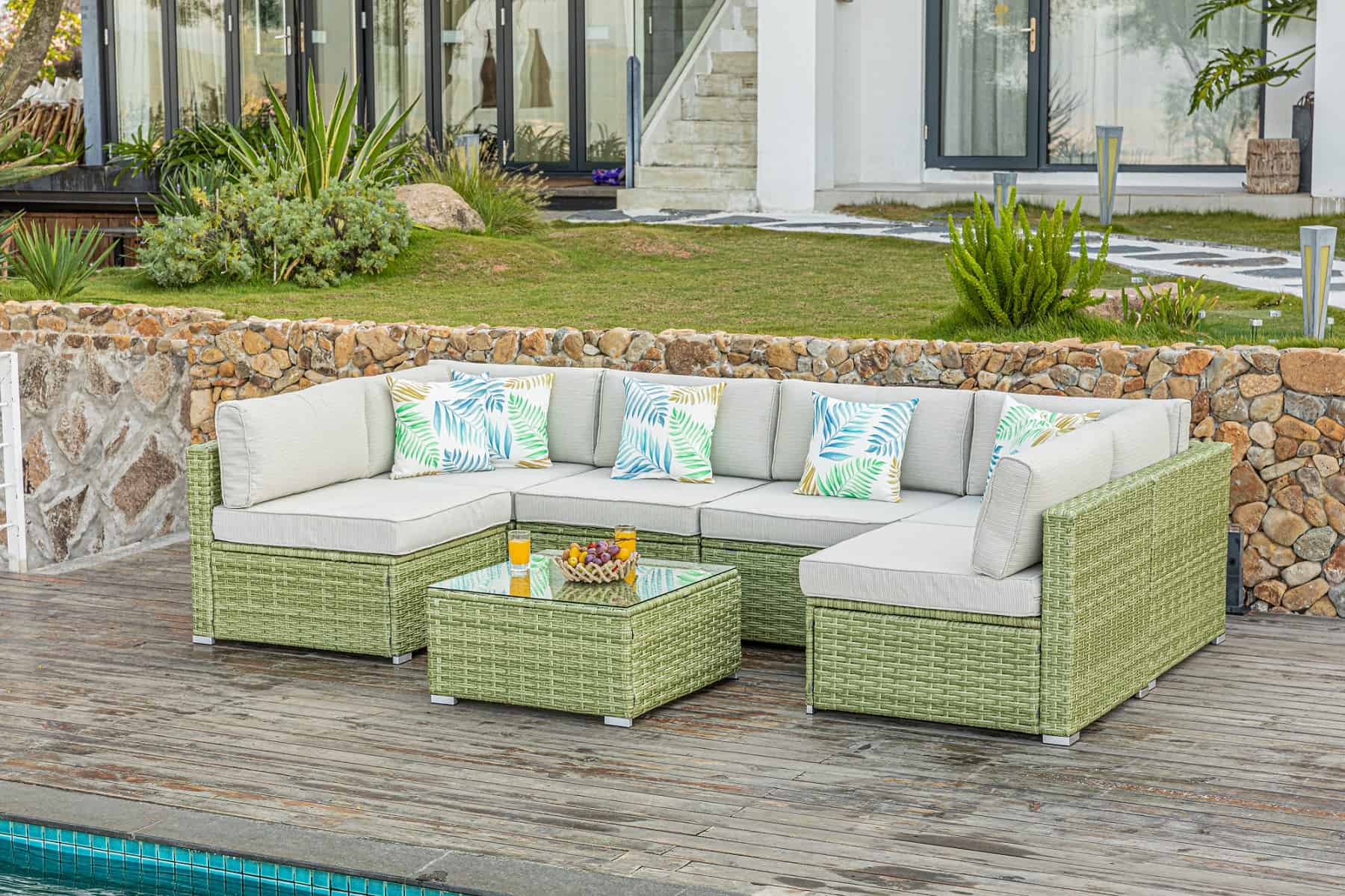
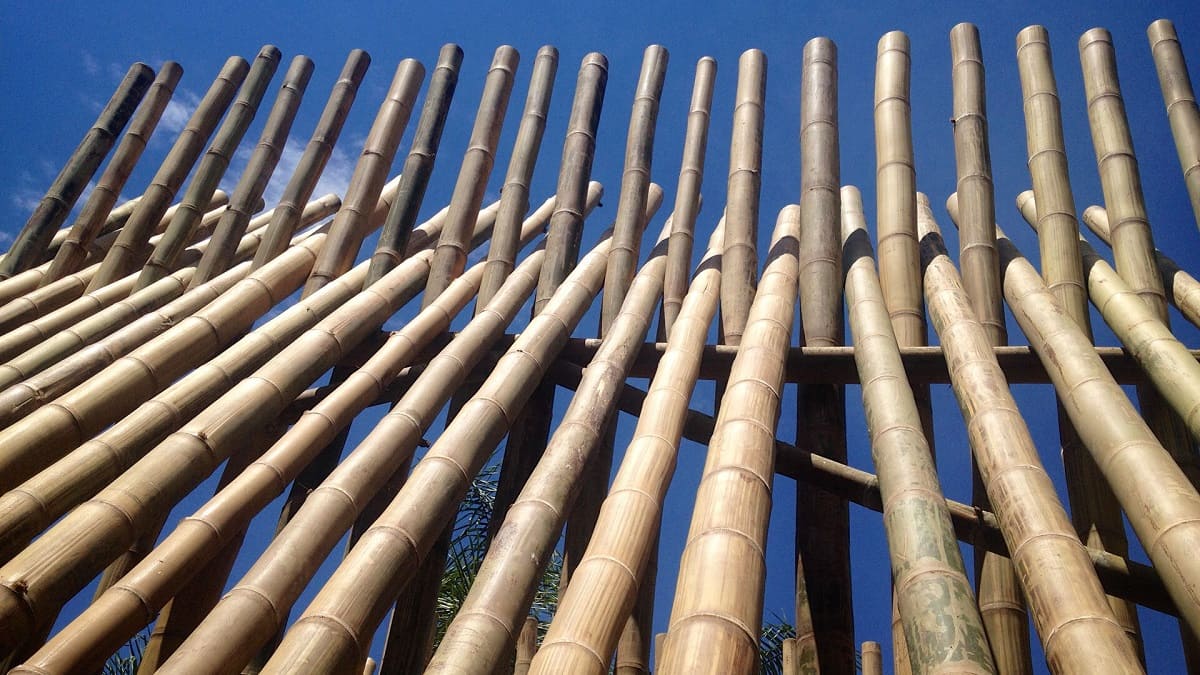
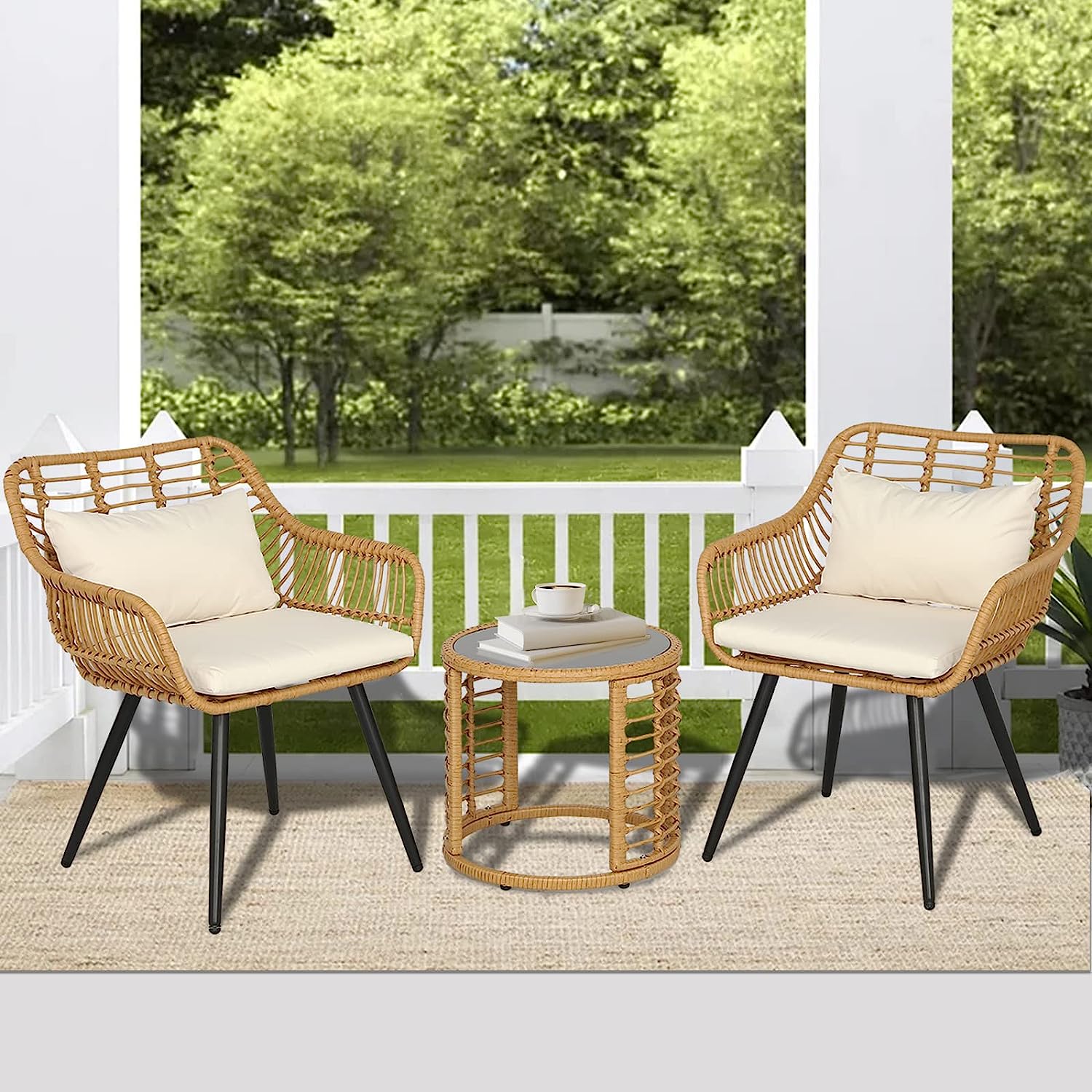
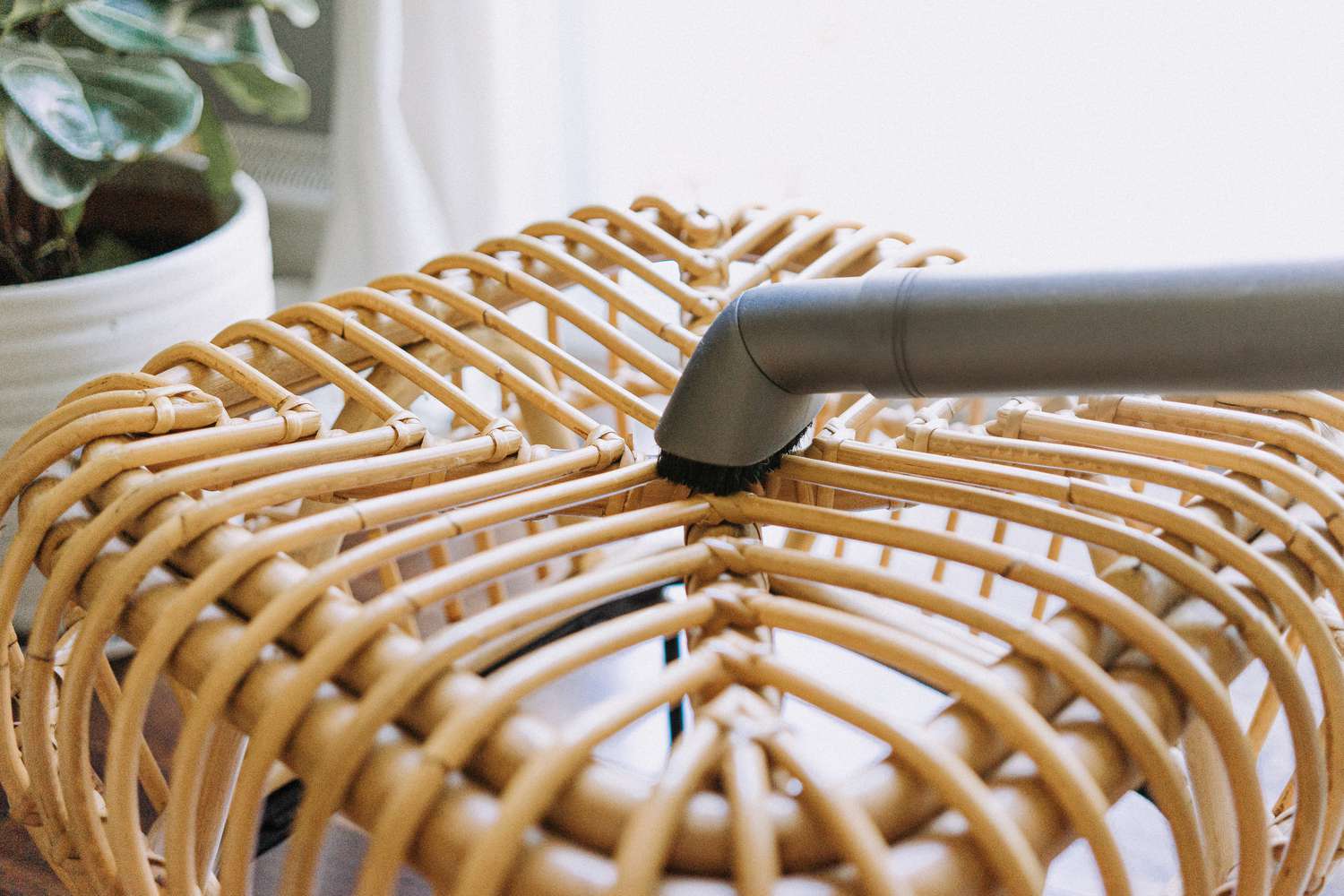
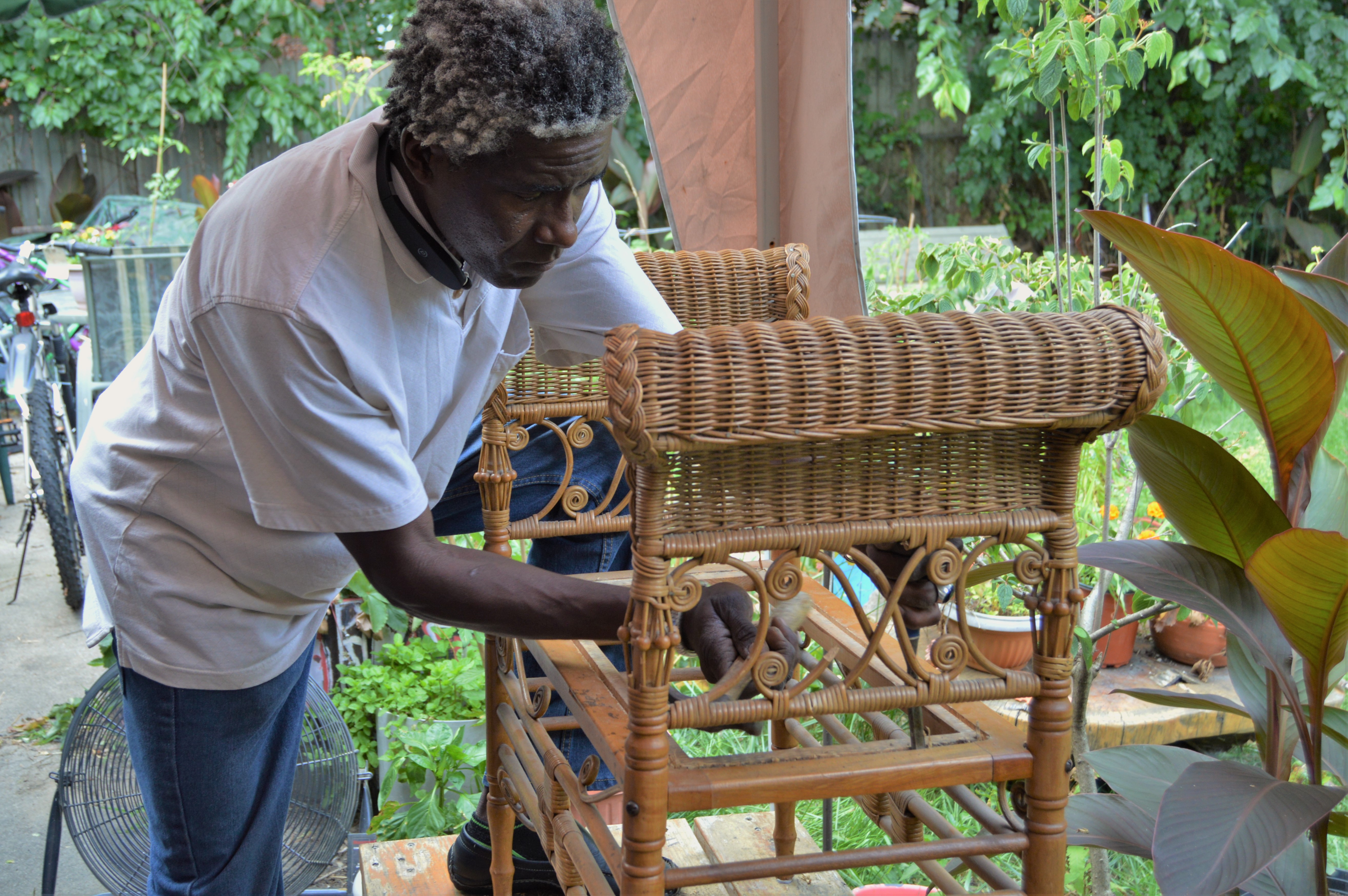
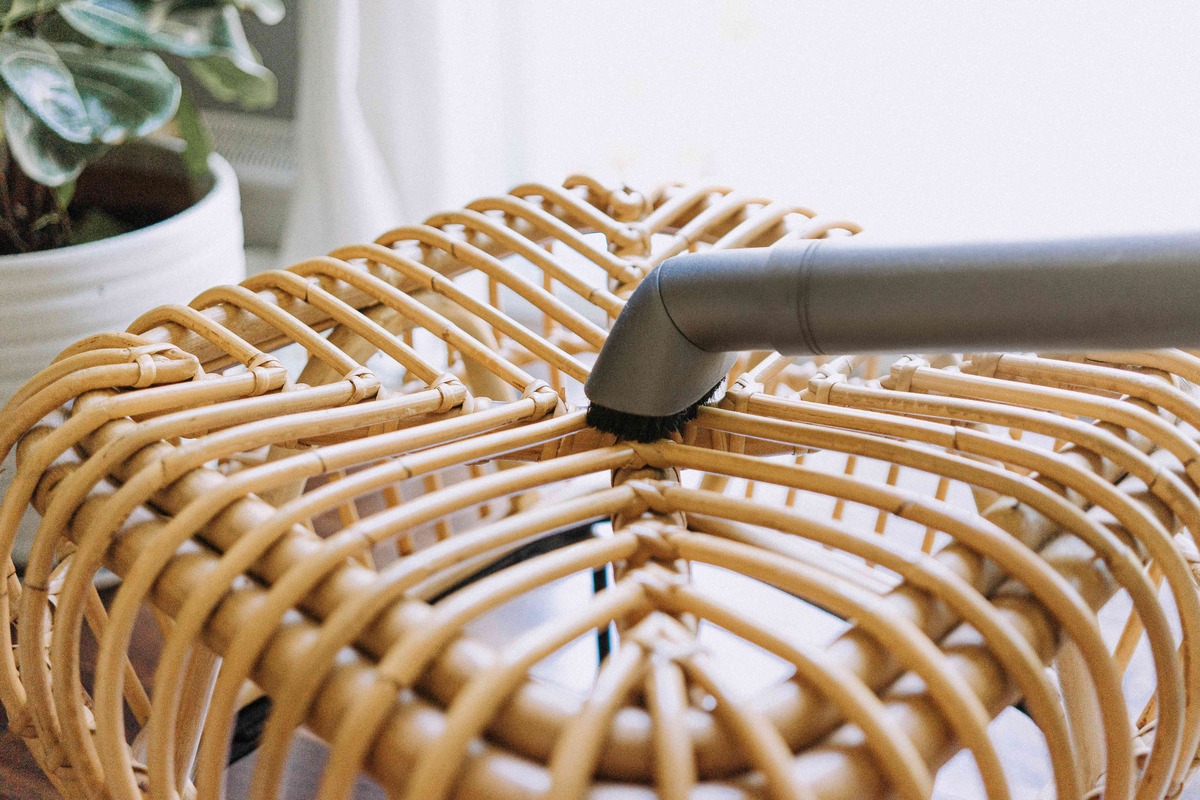
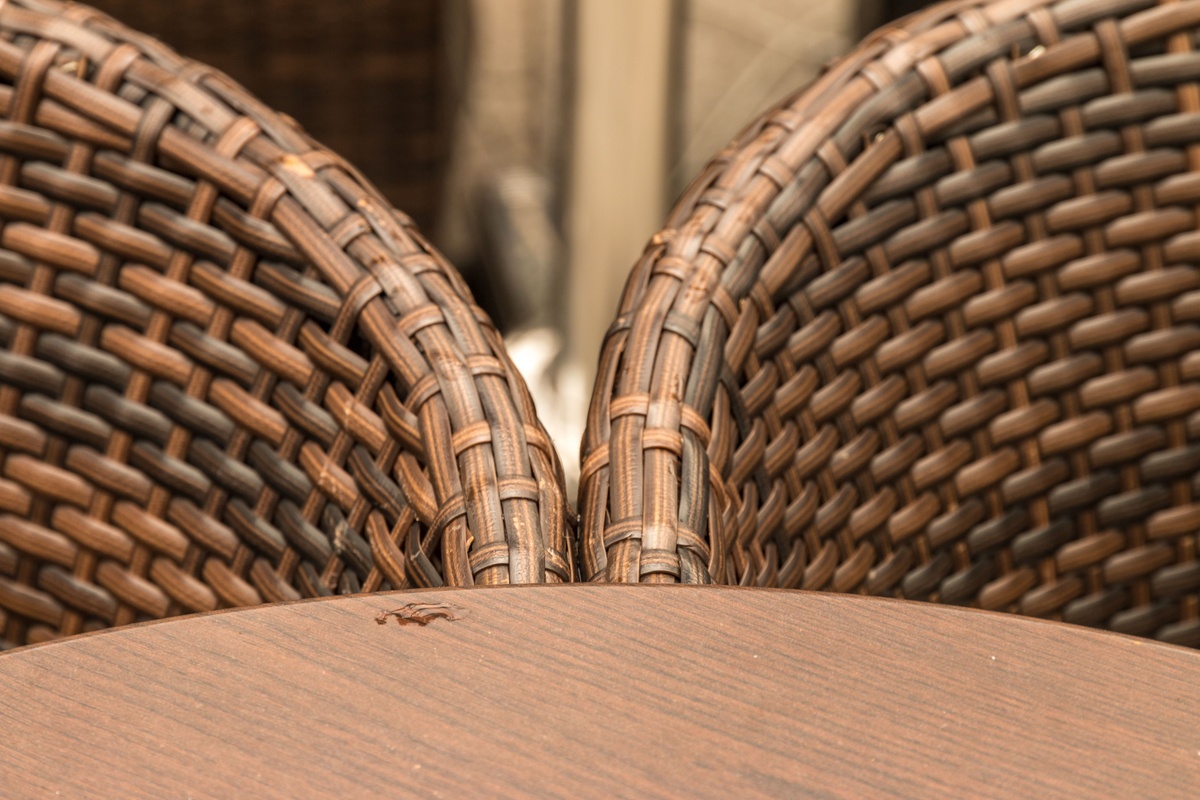
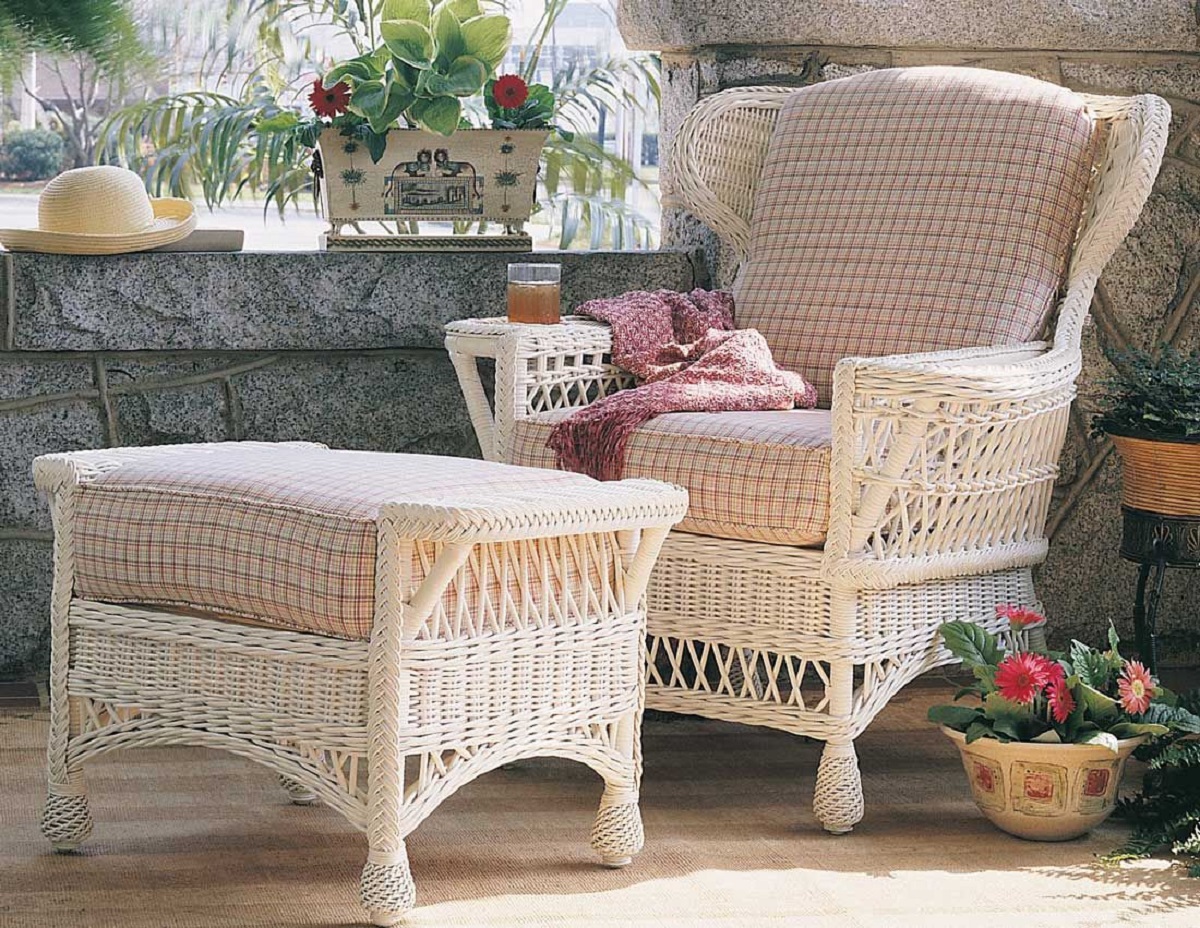
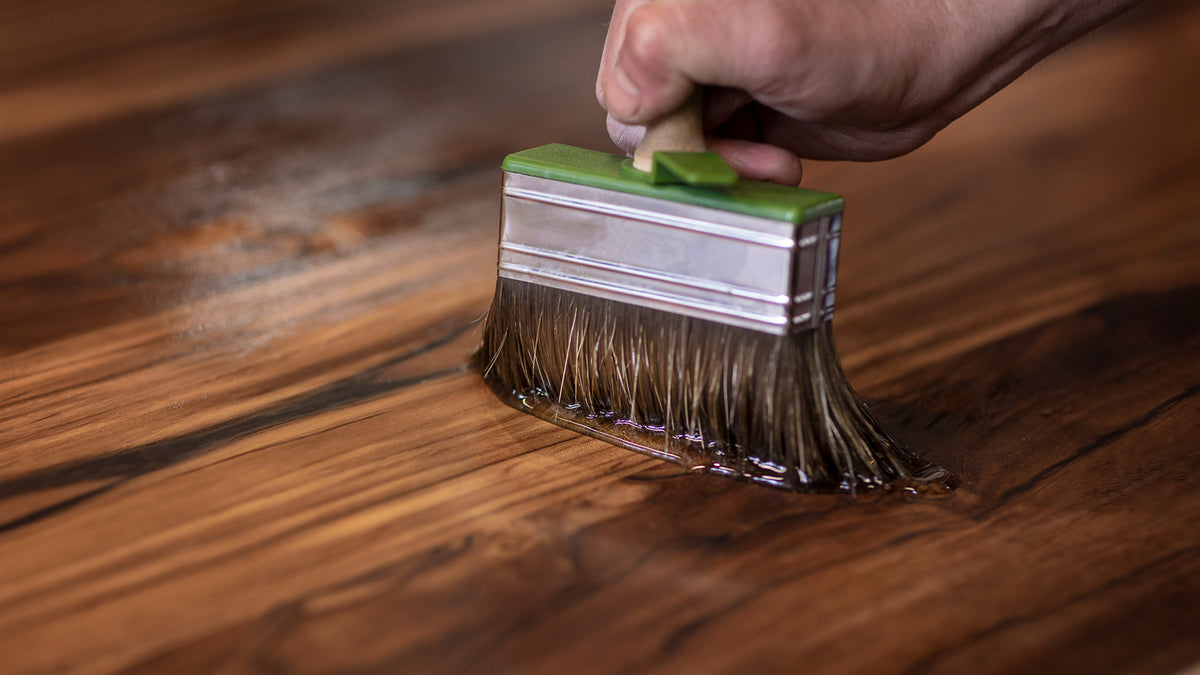
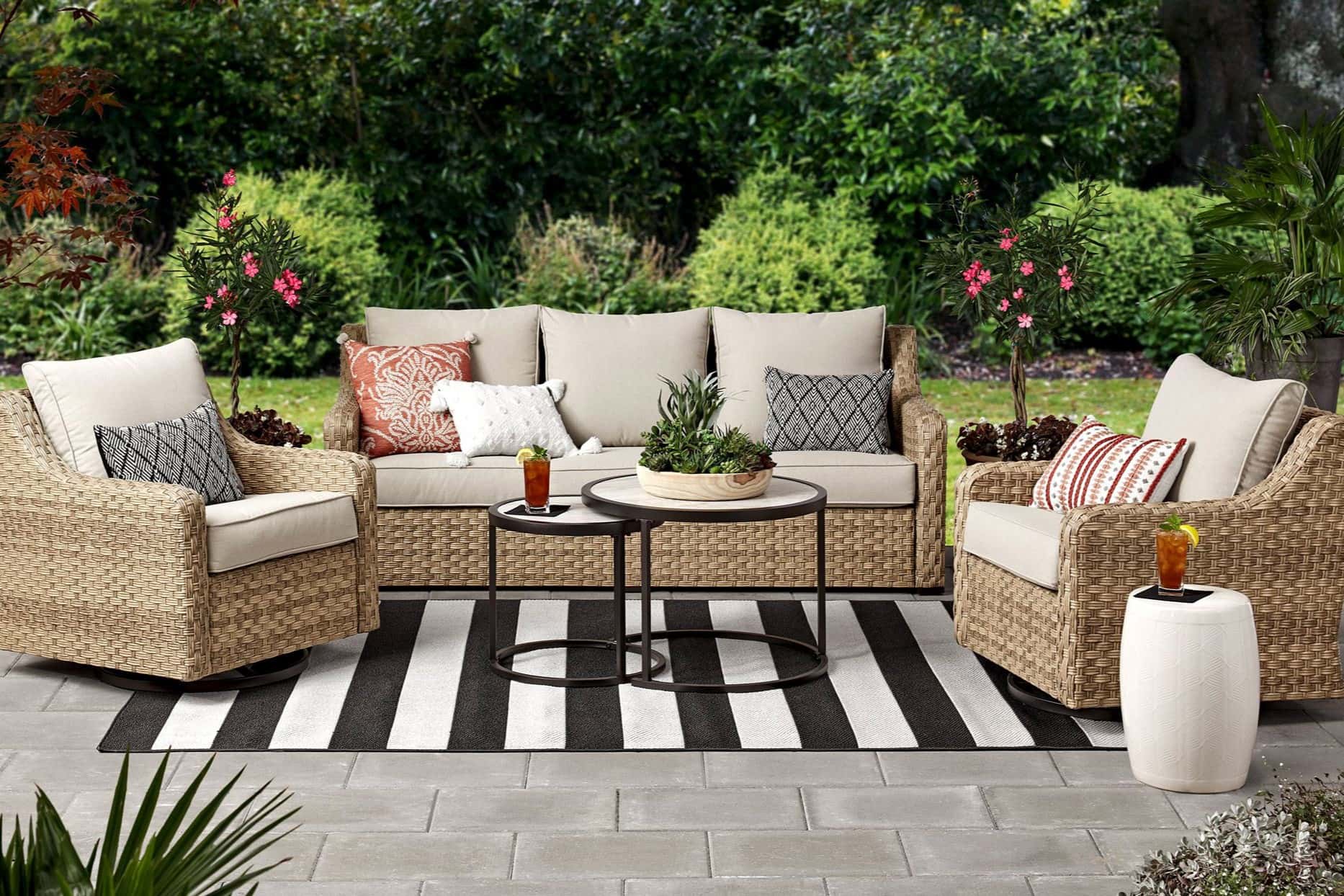
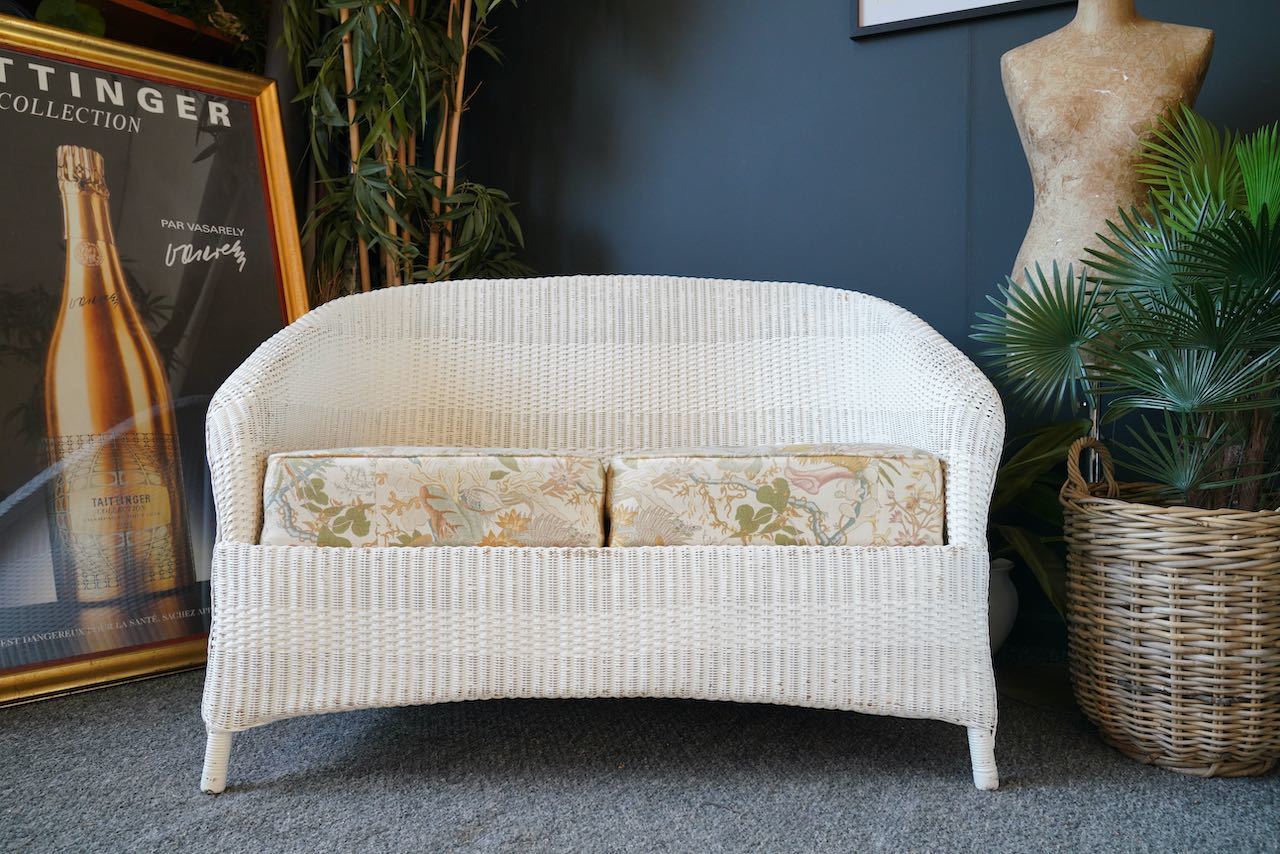
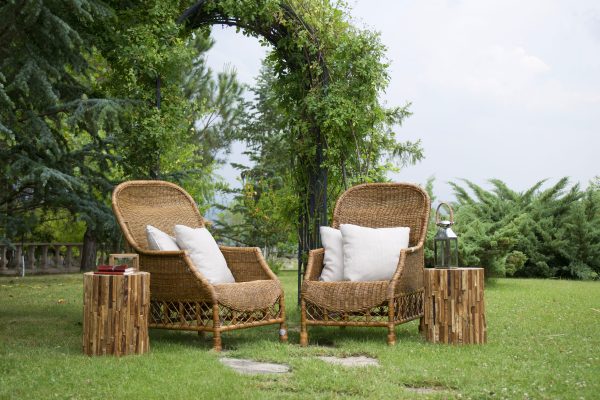

0 thoughts on “How To Preserve Wicker Furniture For Outdoor Use”